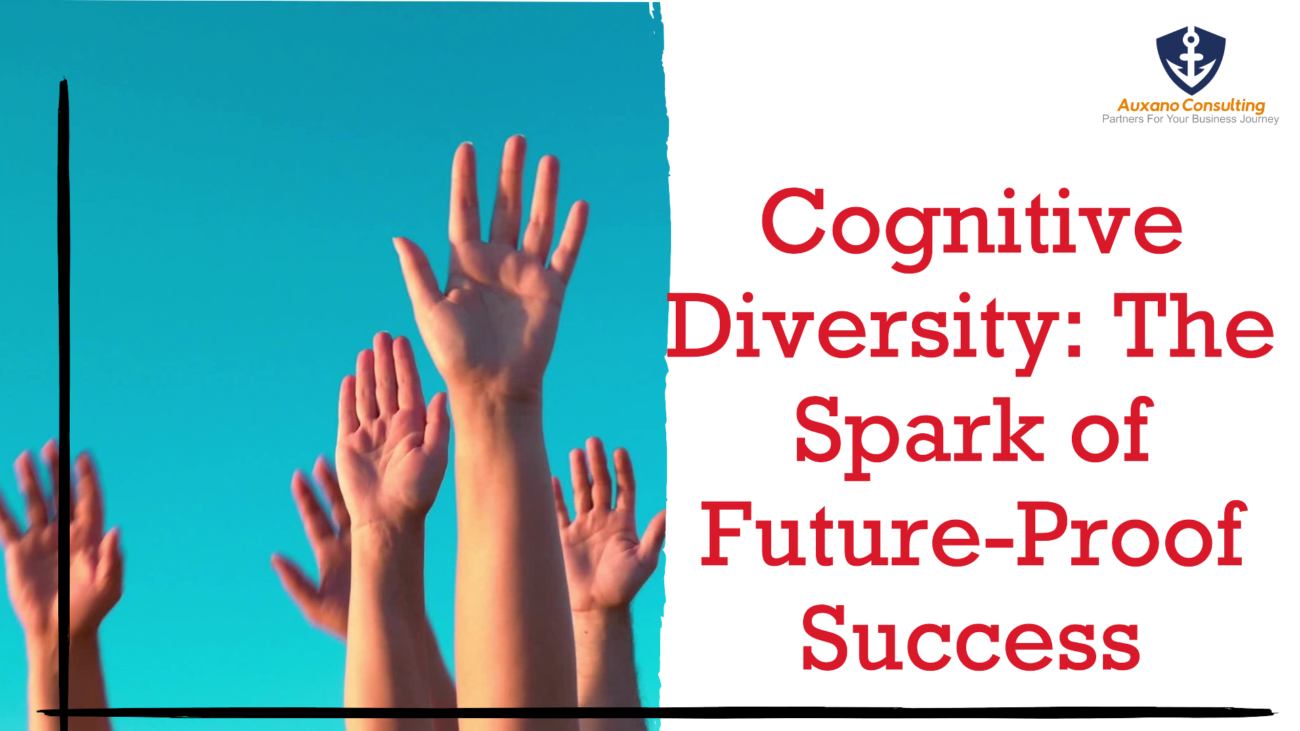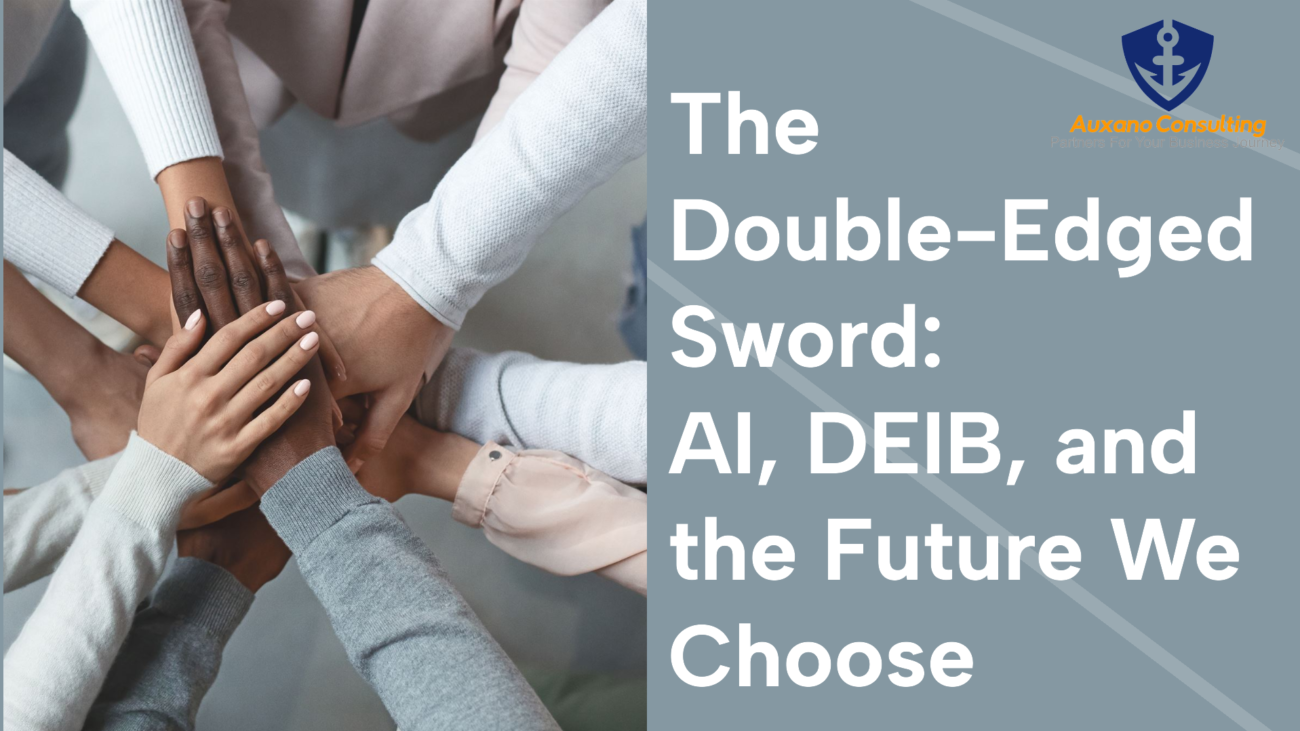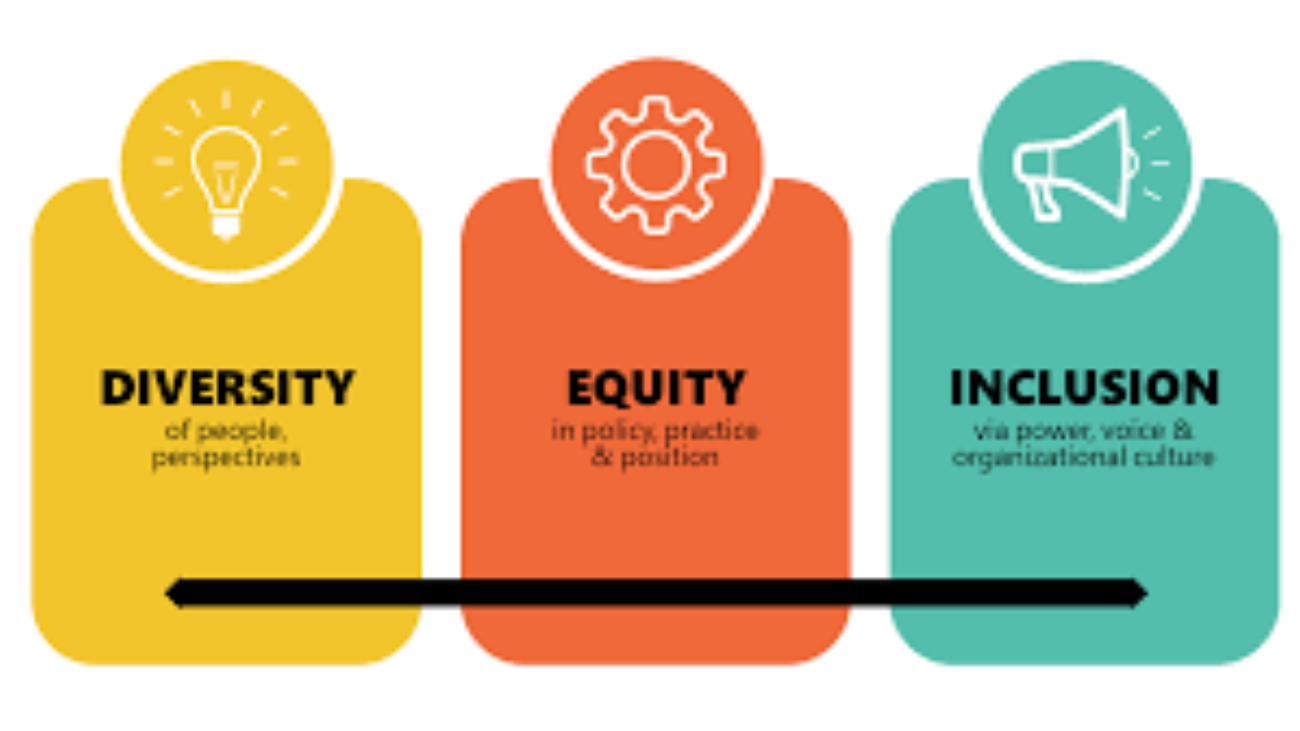In today’s hyper-competitive business landscape, a workforce that simply reflects the demographics of the community is no longer enough. It’s a social responsibility, yes, but also a strategic imperative for driving success. Innovation and adaptability are the new currency of business, and organizations need more than just a collection of bright minds – they need an intellectual powerhouse.
This goes beyond the traditional focus on diversity in terms of race, gender, and age. While those aspects are crucial, a new dimension is emerging: cognitive diversity. This refers to the variety of thinking styles, experiences, and problem-solving approaches within a team. It’s the invisible asset that fuels breakthrough innovation and propels organizations towards long-term success.
What is Cognitive Diversity?
Cognitive diversity focuses on the varied ways individuals process information, solve problems, and approach challenges. This encompasses factors like learning styles, working styles, and personality traits. Imagine a team with individuals who are:
- Analytical and detail-oriented alongside those who are big-picture thinkers and innovators.
- Data-driven and logical complemented by those who are intuitive and creative.
- Systematic and methodical working alongside those who are flexible and adaptable.
Why Cognitive Diversity Matters?
Imagine a sterile room, filled with rows of identical computers, all programmed to solve problems in the exact same way. Efficient, perhaps, but would it spark groundbreaking discoveries? Certainly not. The same logic applies to your team. Cognitive diversity injects a healthy dose of disruption. By bringing together individuals who think differently, you unlock a wider range of perspectives, fostering:
- Innovation on Hyperdrive: Diverse perspectives create a richer brainstorming environment. When team members approach problems from different angles, a wider range of ideas and solutions emerge. Imagine a marketing team with a data analyst, a creative writer, and a social media guru working together. The possibilities for innovative campaigns are endless!
- Shattering Silos: Different cognitive styles naturally challenge assumptions and ingrained ways of thinking. This “healthy friction” encourages teams to consider diverse viewpoints, leading to more comprehensive solutions. An engineer accustomed to linear thinking might benefit from the brainstorming techniques of a designer, leading to a more robust product development process.
- Problem-Solving Powerhouse: Cognitive diversity equips teams to tackle challenges from multiple angles. By considering different approaches and potential pitfalls, teams can identify and address issues more effectively. A team with a detail-oriented individual alongside a big-picture thinker can create a more robust and well-rounded solution.
- Decisions You Can Trust: A variety of viewpoints allows for a more balanced and well-rounded decision-making process. This mitigates the risk of bias and increases the chances of success. Imagine a leadership team with a risk-averse individual alongside a calculated risk-taker. Together, they can weigh the pros and cons more effectively, leading to a more informed decision.
- Adaptability in a Flash: The business world is a constant dance with change. Cognitive diversity equips teams to adapt to evolving circumstances and market trends. A team with a mix of individuals who learn quickly, those who excel at planning for the future, and those who can think on their feet can navigate challenges and capitalize on new opportunities with greater agility.
- Team Synergy at its Finest: When team members understand and appreciate each other’s cognitive styles, communication and collaboration become more effective. This fosters a sense of psychological safety, where everyone feels comfortable sharing their unique ideas, leading to a more dynamic and productive team environment.
Building a Cognitively Diverse Team:
Creating a cognitively diverse team goes beyond hiring from different backgrounds. Here are some strategies to embrace:
- Skills & Thinking Styles, Not Just Resumes: Look beyond traditional resumes and assess candidates for their problem-solving strengths, communication styles, and learning agility.
- Psychological Safety is Key: Foster an environment where all team members feel comfortable sharing their perspectives, even if they differ from the majority. This creates a space for vulnerability and honest expression of ideas.
- Value All Approaches: Actively encourage team members to share their unique perspectives. Celebrate differences and acknowledge that there’s no “one right way” to approach a problem.
- Embrace Healthy Debate: Encourage respectful and constructive discussions. When diverse viewpoints are heard and considered, teams can arrive at more comprehensive solutions.
- Invest in Training: Equip your team with tools and techniques for effective communication and collaboration across cognitive styles. Understanding how different people think can empower them to leverage each other’s strengths.
The Future of Work:
As technology continues to automate routine tasks, the ability to think creatively, solve problems collaboratively, and adapt to change will become even more crucial. Teams that embrace cognitive diversity will be best positioned to thrive in the future of work.
Ready to unlock the power of cognitive diversity? Start by assessing your current team composition and identifying areas for improvement. By cultivating a work environment that celebrates different ways of thinking, you can foster a culture of innovation and propel your organization towards long-term success. Auxano Consulting can be your partner in this journey, contact us today.
Share your thoughts! How can organizations better leverage cognitive diversity in their teams?
For any queries write to Linnet Dave, Auxano’s Director and Executive coach on linnet@auxano-consulting.com or connect with her at +919820668179 if you need to get a customized learning Intervention done for your organization.
(Written by Vineeta, Feature Image sources and credits: AI Generated)






